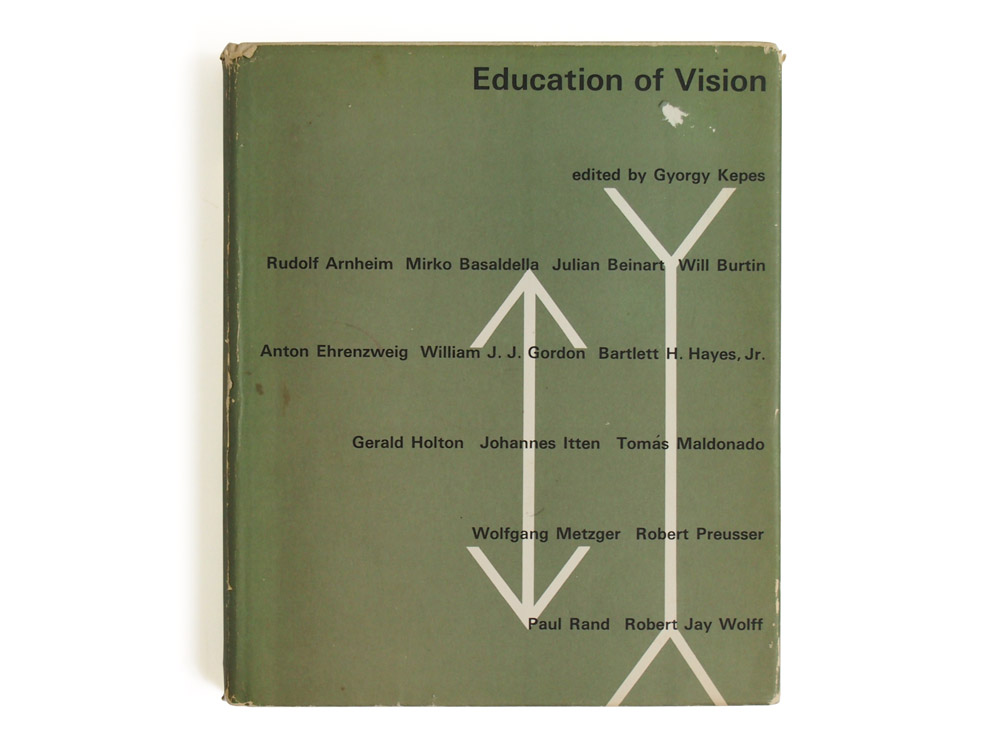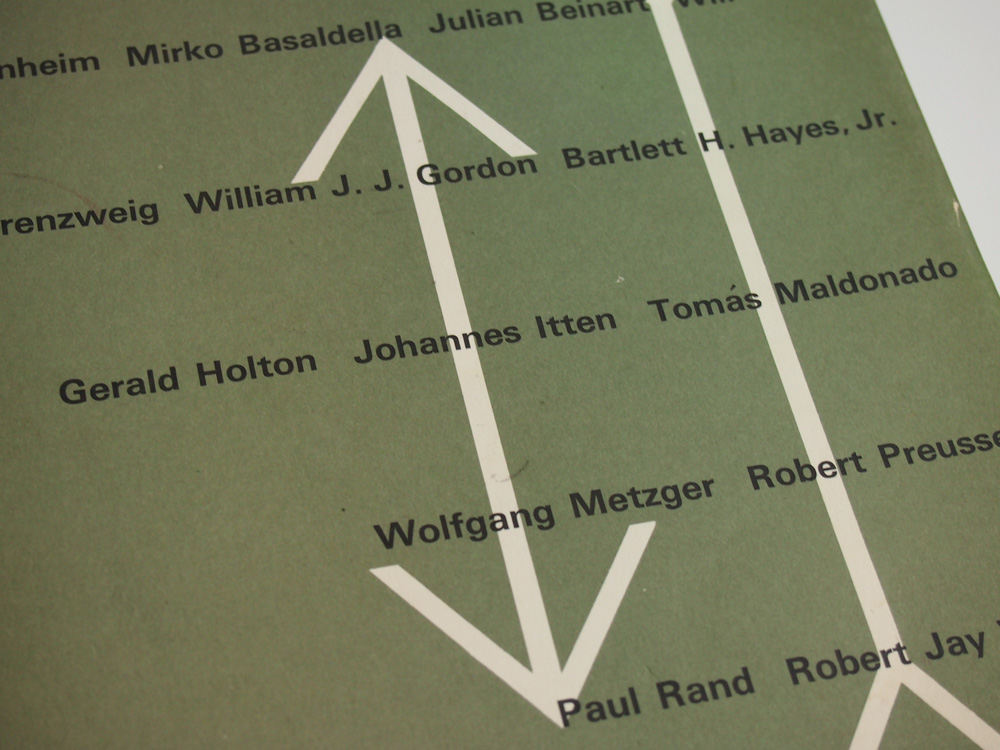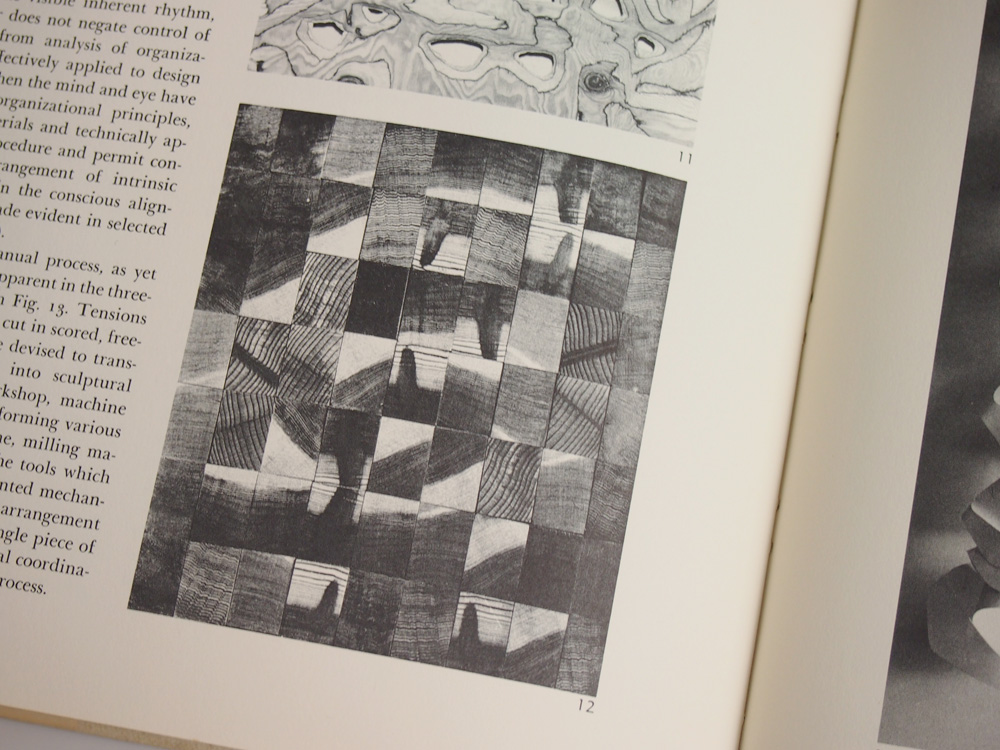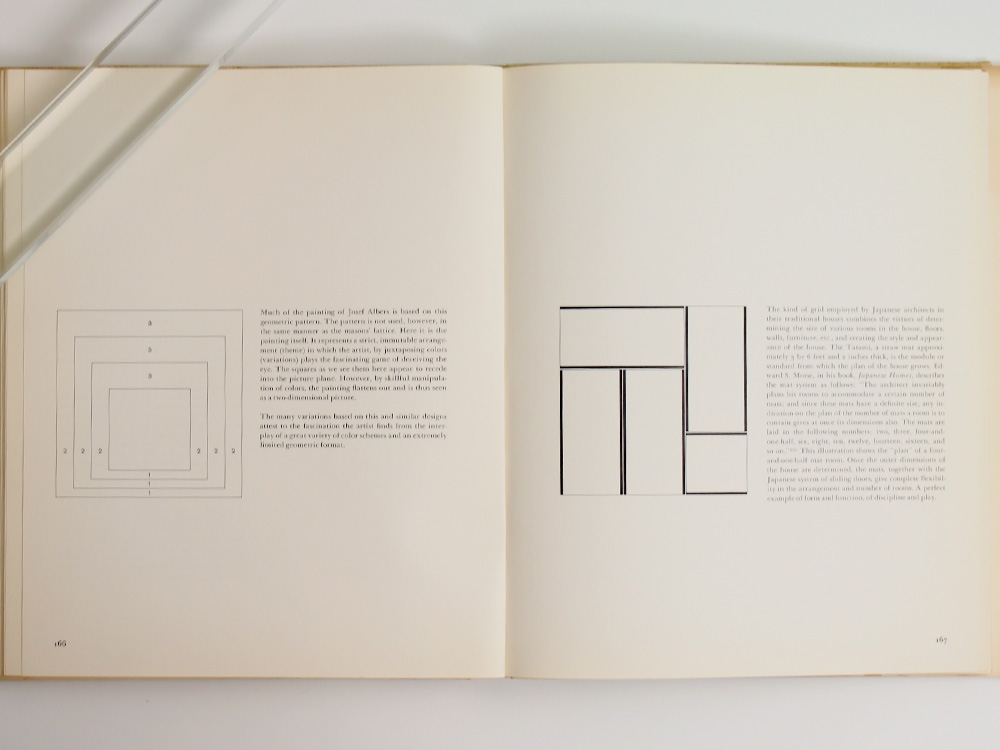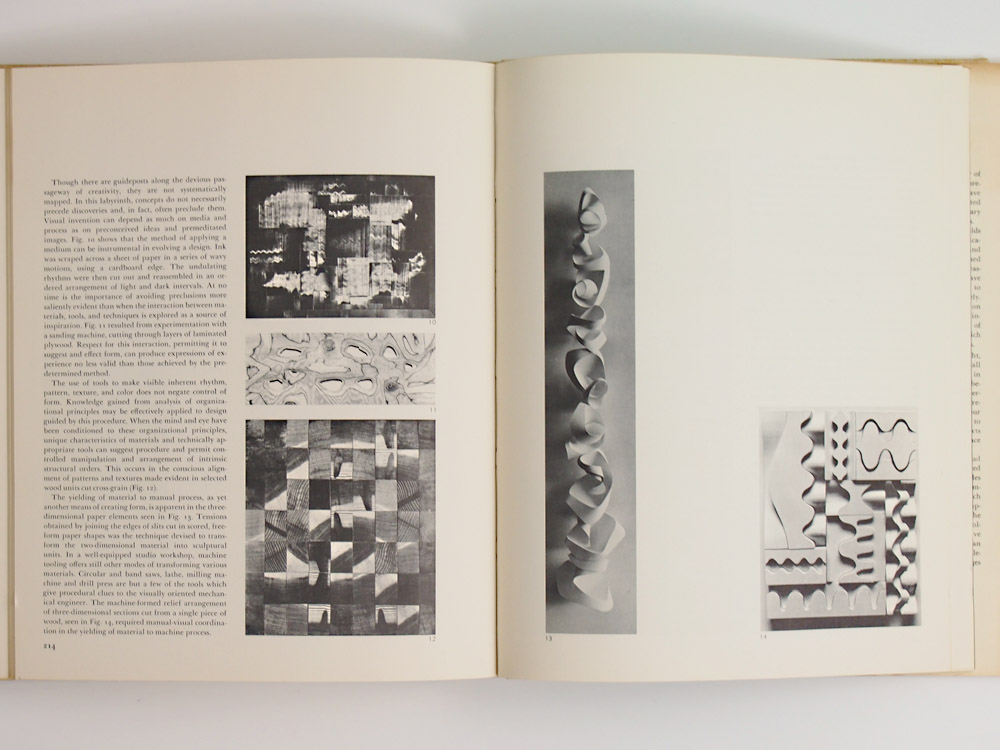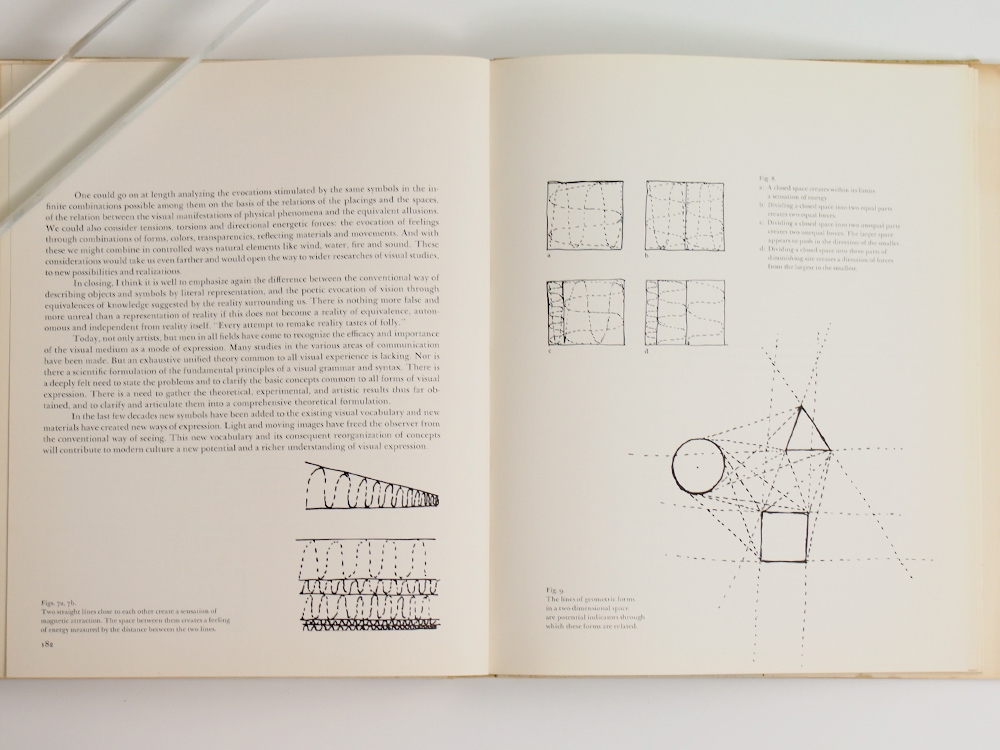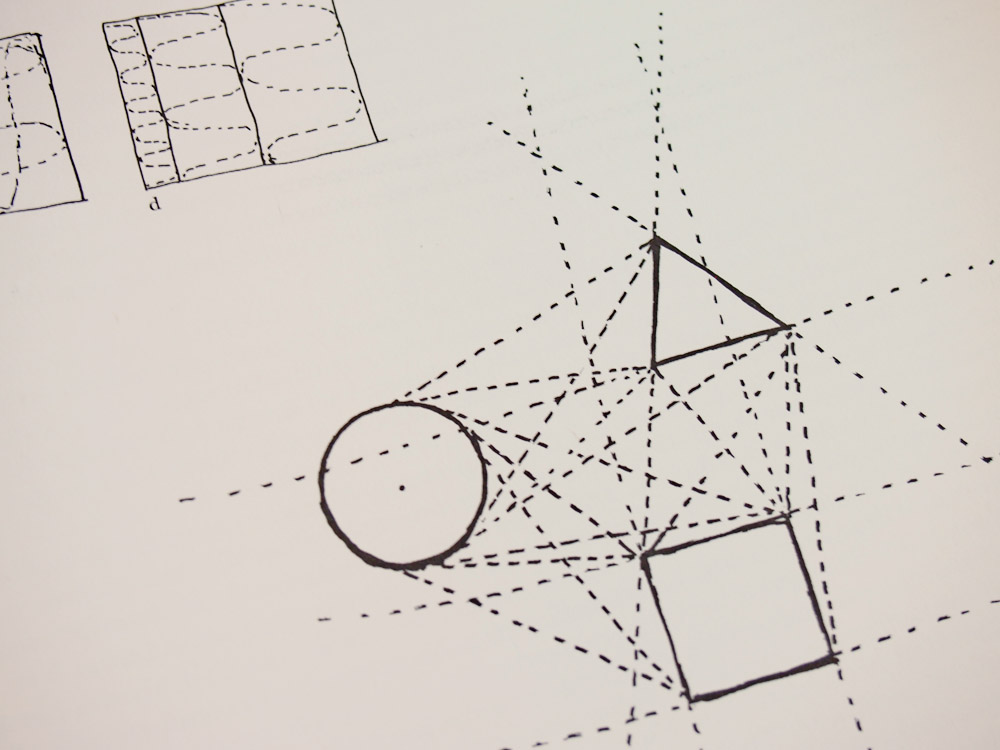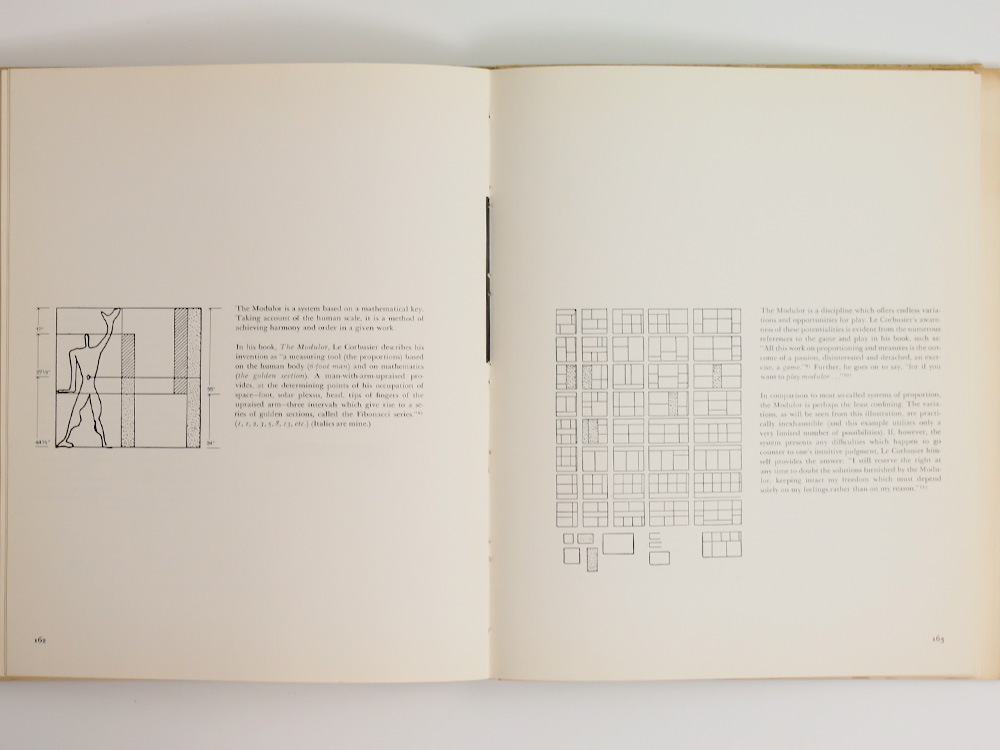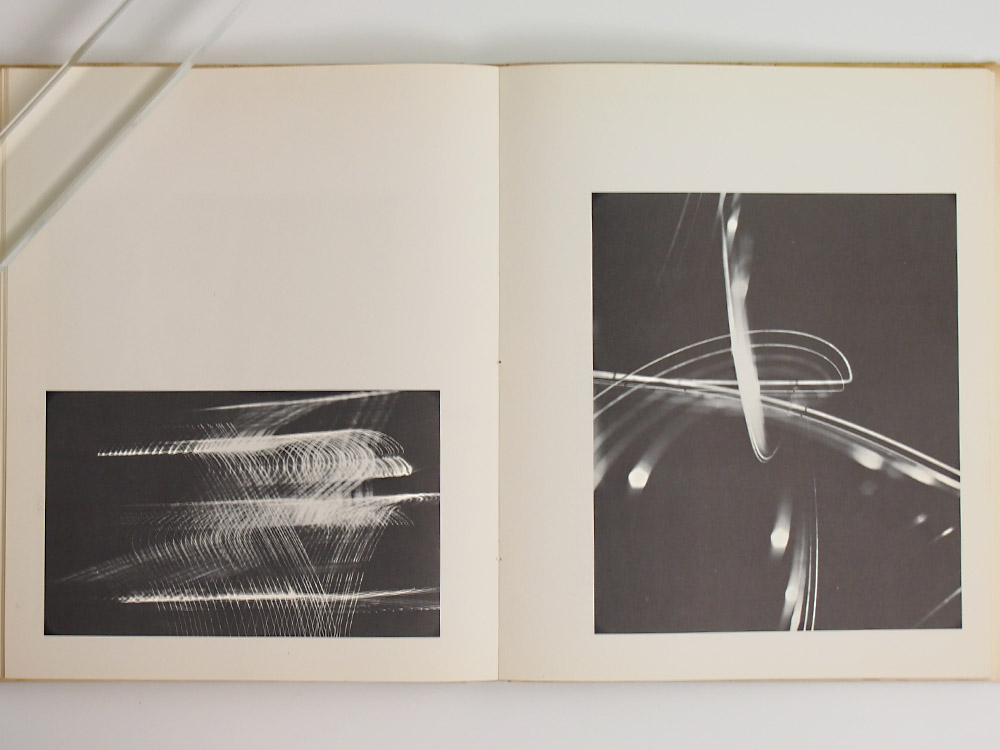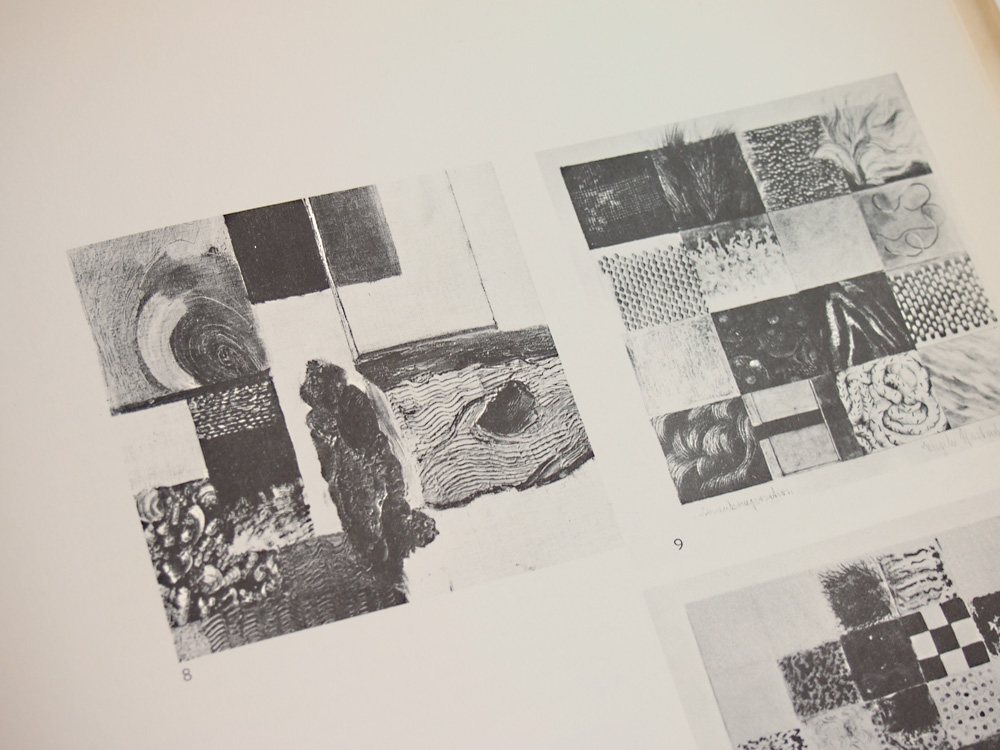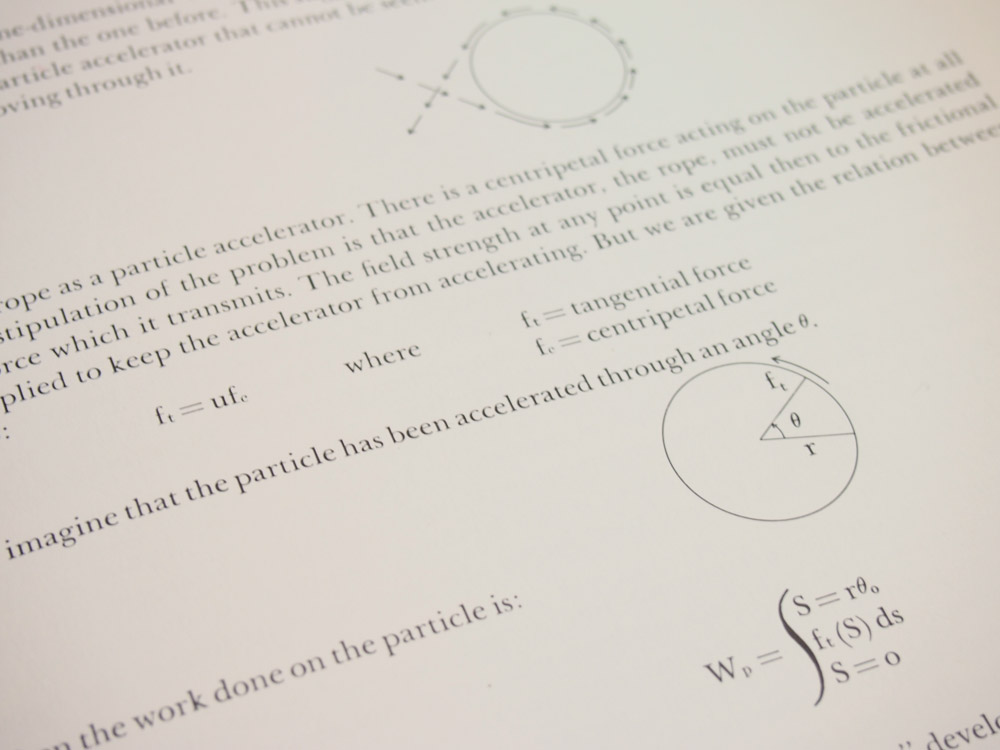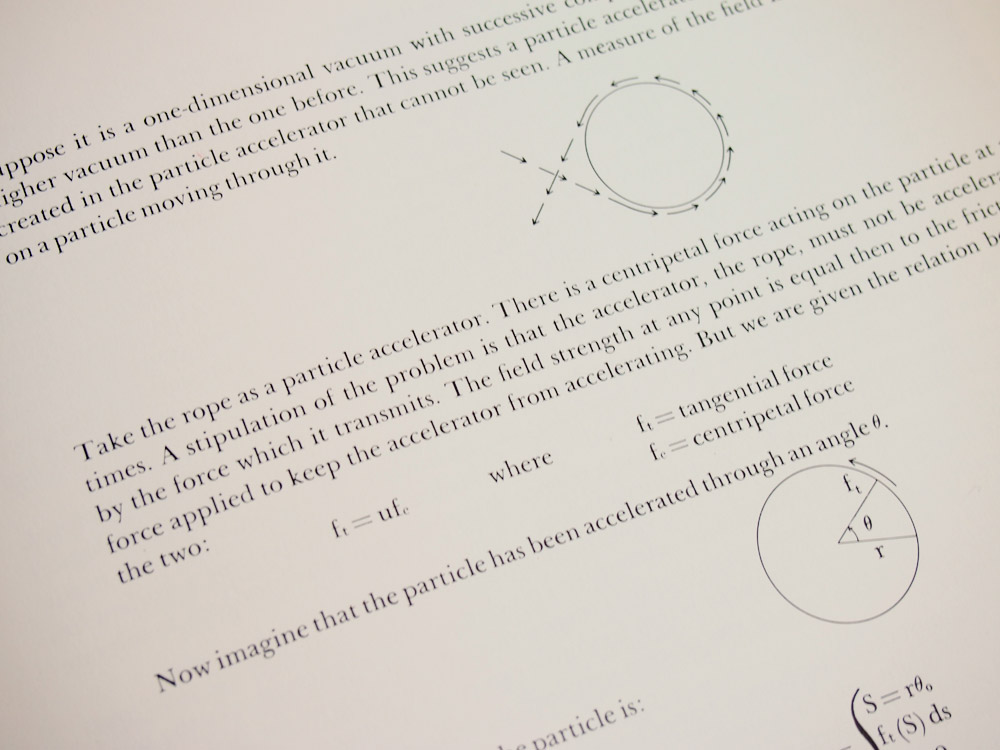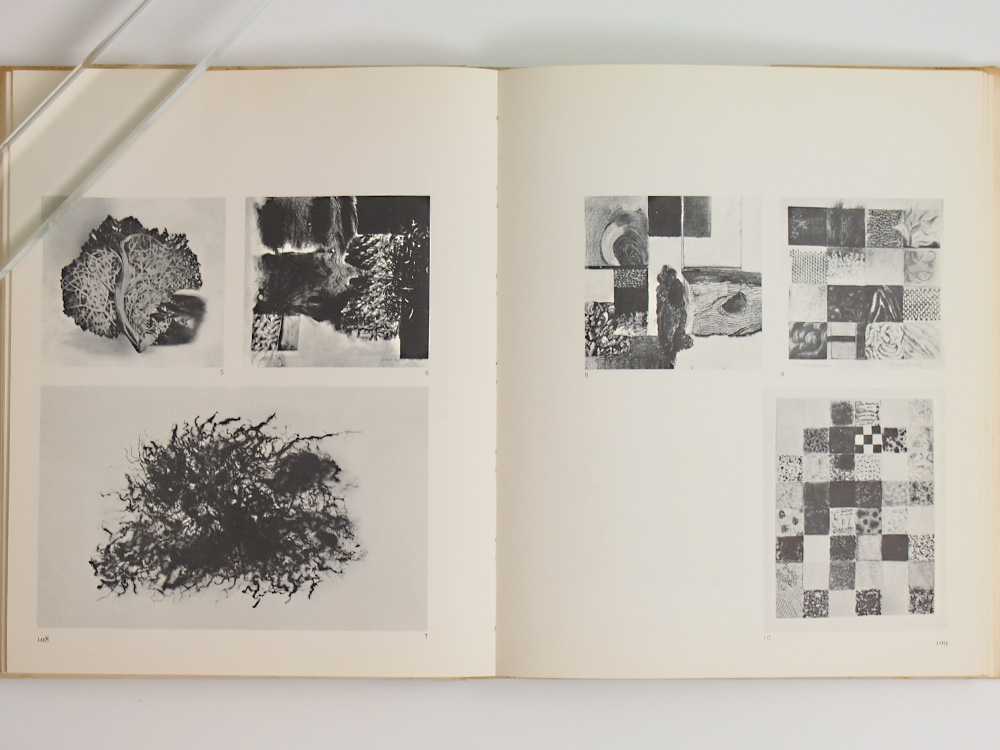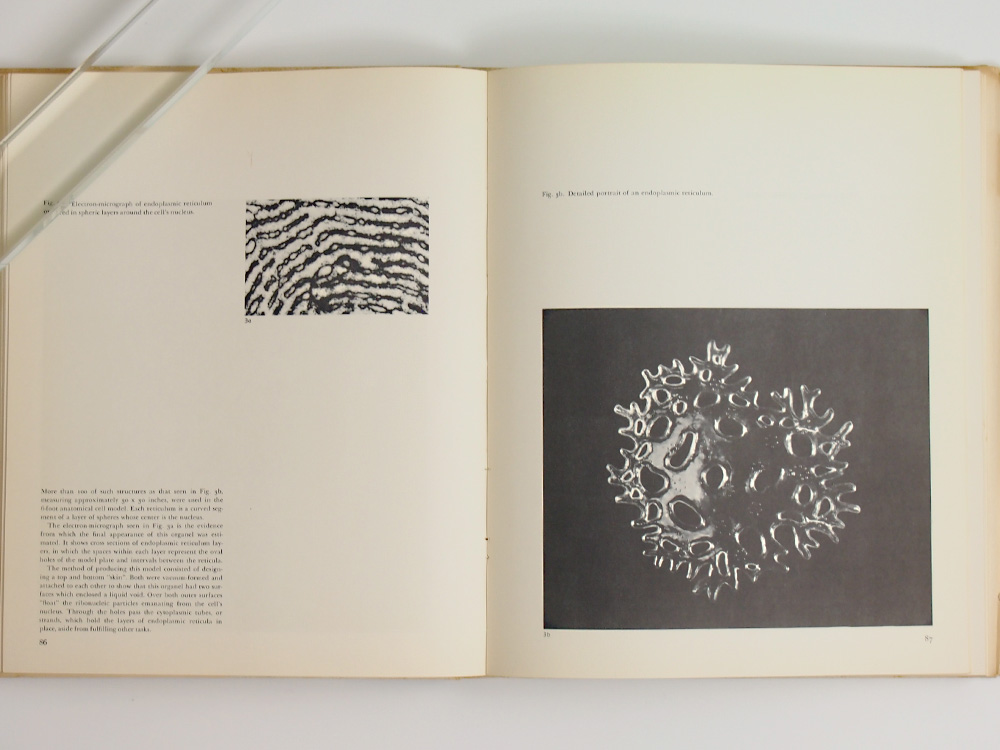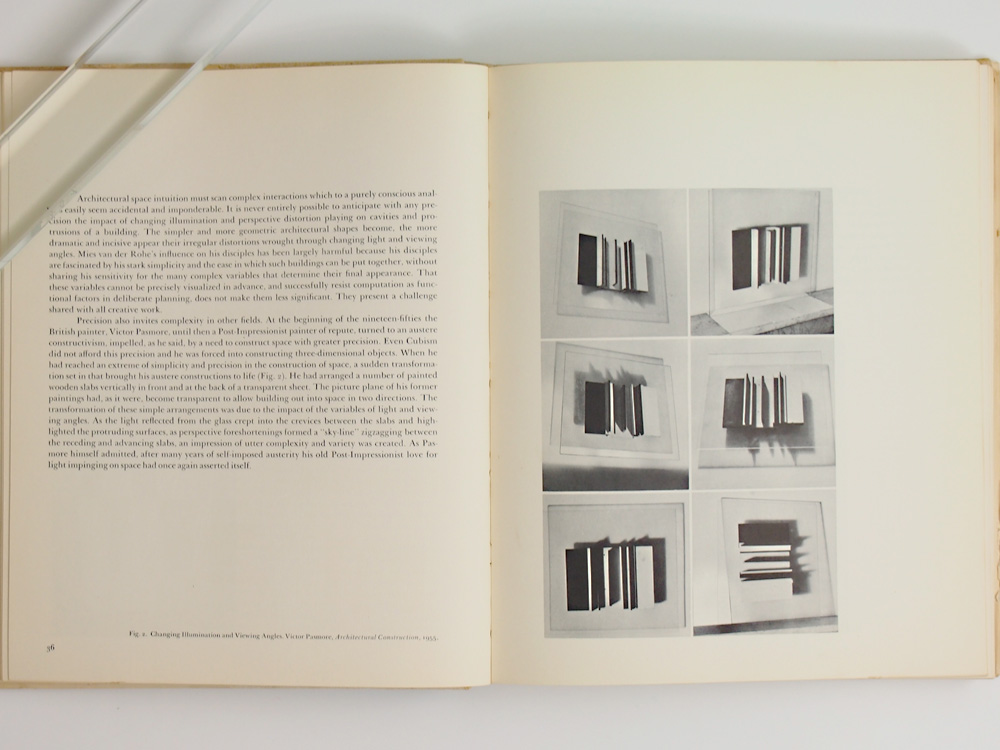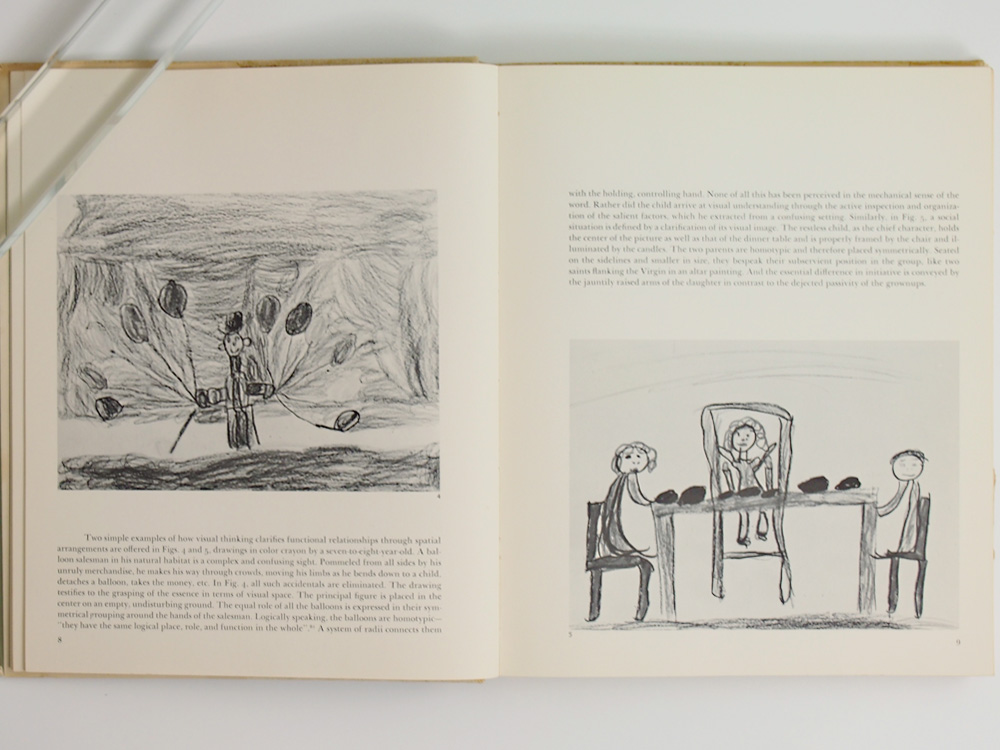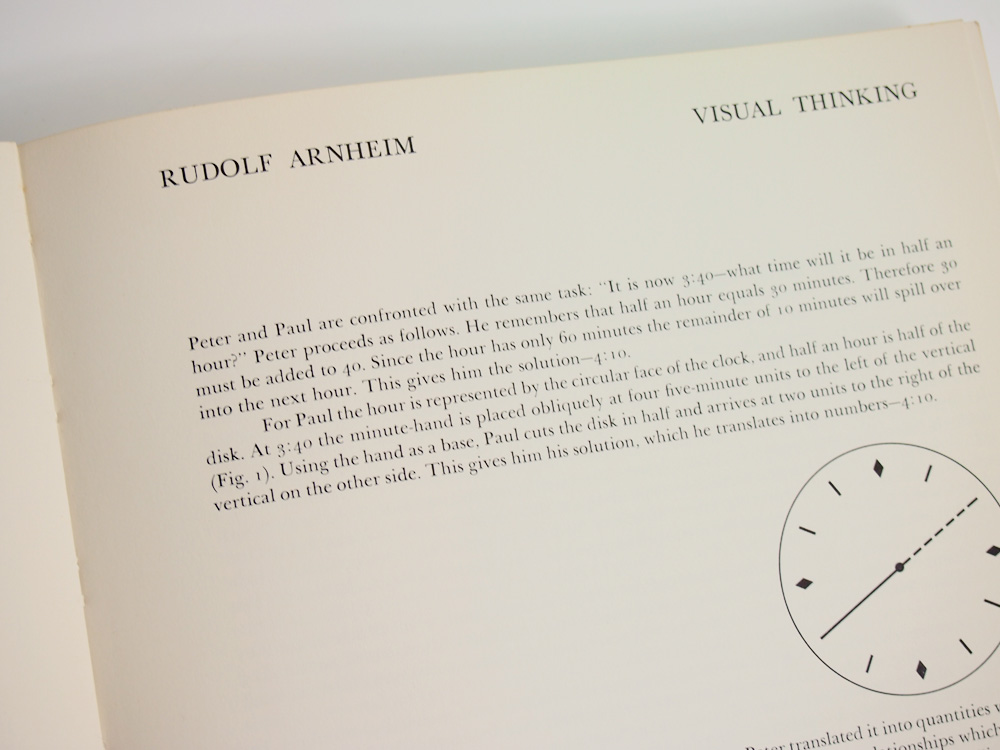Publisher: G. Braziller; 1st edition
ISBN-10: 1199416282
ISBN-13: 978-1199416285
Product Dimensions: 30.5 x 24.5 x 2.8 cm
Release Date: 1965
amazon stock for your reference in US
This work confirms as a primary and necessary aim of education the carefully sequenced interplay between sensory, imaginative awareness and disciplined, scientific knowledge. No other book exists like this one; its realization fills a vital and urgent need. Education of Vision will be indispensable reading for every profession involved with the learning process and the development of creative thought and ability.
The broad objectives in the creation of this volume have been stated by the editor: “The living reintegration of all aspects of our life on the new parameter of 20th century knowledge . . . is our great contemporary challenge, and in this work the imaginative power of creative vision could have a central role… A key task of our time is the education of vision – the development of our neglected, atrophic sensibilities. We need to integrate the knowledge we have about the process of vision, the didactic devices to develop it, and the concrete territories where creative vision can be put to service. The first step is to define the scope and nature of our image-making faculty. Then, based upon this knowledge, we must survey the factors that can facilitate its development: the impact of the visual environment on the one hand, and on the other the pedagogical processes that can train our visual sensibilities.”
In the opening essays of this volume, three psychologists analyze the fundamental characteristics of our visual faculties. They treat the relationship between visual perception and thought; the influence of the visual environment; and the interplay between disciplined technical competence and undisciplined perceptive imagination. The next group of essays, by a physicist, a designer and an educational experimenter, deal with vision as an important implement in facilitating comprehension of complex scientific information. The essays which follow, by designers and artists active as teachers, are concerned with concrete educational techniques for developing visual sensibilities. These contributions cover the development of creative ability in professional artistic training; the problems of visual education in the emerging nations of Africa and the changing concepts of visual education in an industrially advanced country; and finally the role of visual education as a catalyst to creativity and imagination in the curriculum of schools of science and engineering, and in the broader context of general education.
